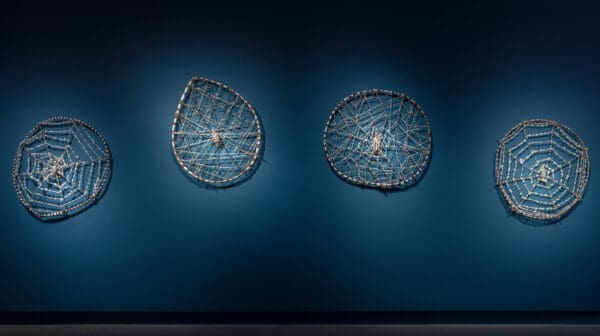
Piercing the veil
A new exhibition at Buxton Contemporary finds a rich complexity in the shadowy terrain between life and death.
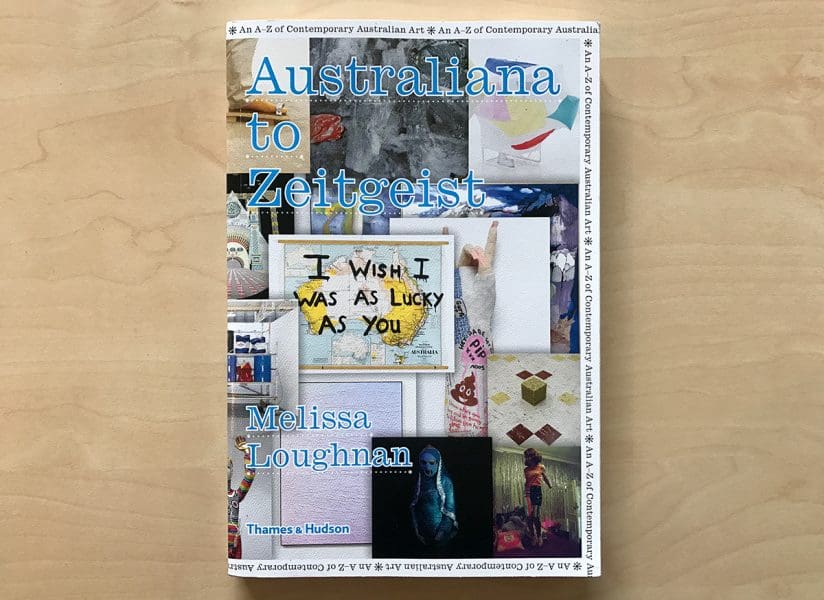
Australiana to Zeitgeist, Melissa Loughnan, Thames & Hudson, 2017.
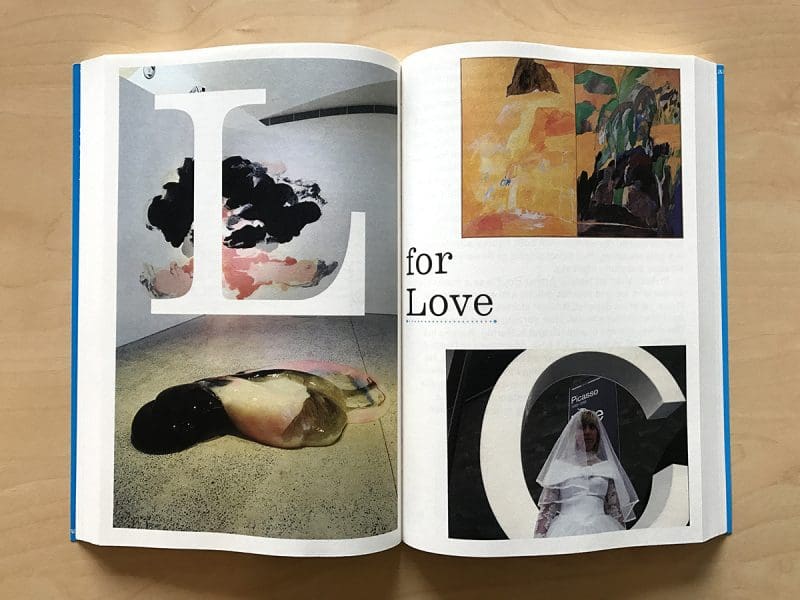
Australiana to Zeitgeist, Melissa Loughnan, Thames & Hudson, 2017.
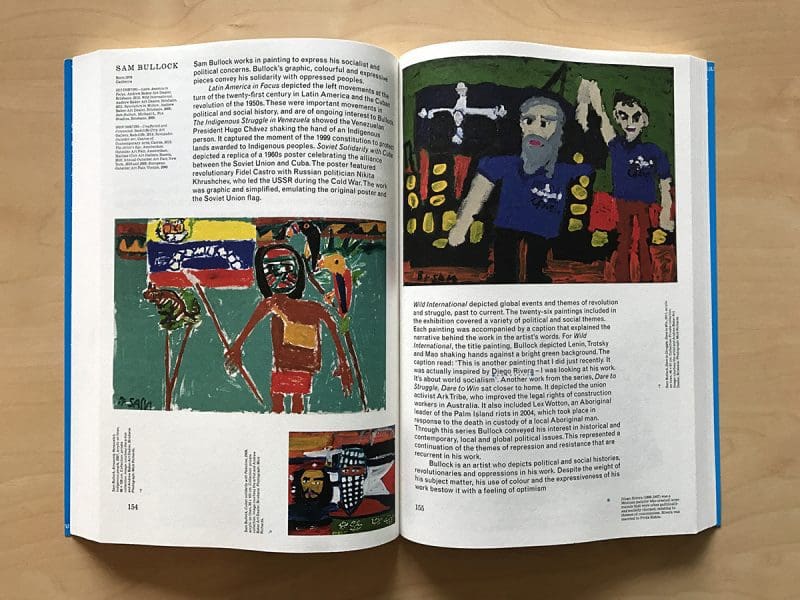
Australiana to Zeitgeist, Melissa Loughnan, Thames & Hudson, 2017.
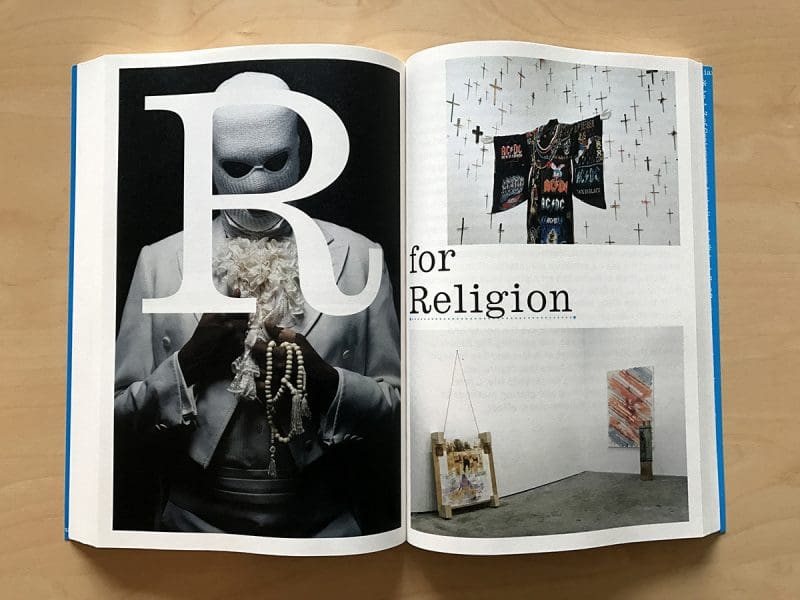
Australiana to Zeitgeist, Melissa Loughnan, Thames & Hudson, 2017.
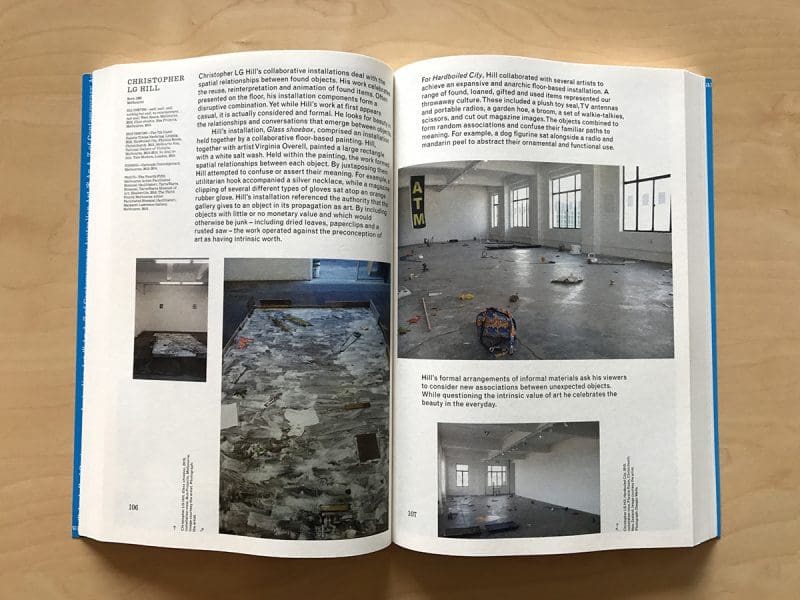
Australiana to Zeitgeist, Melissa Loughnan, Thames & Hudson, 2017.
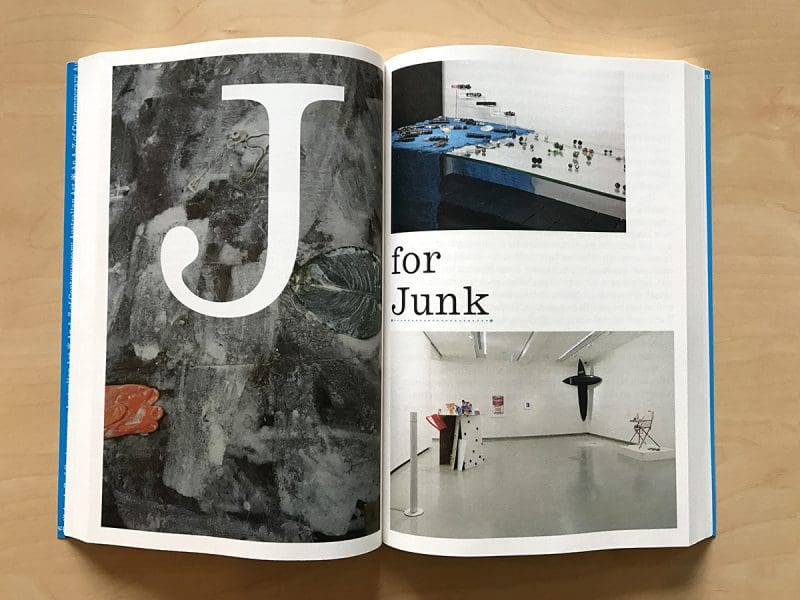
Australiana to Zeitgeist, Melissa Loughnan, Thames & Hudson, 2017.
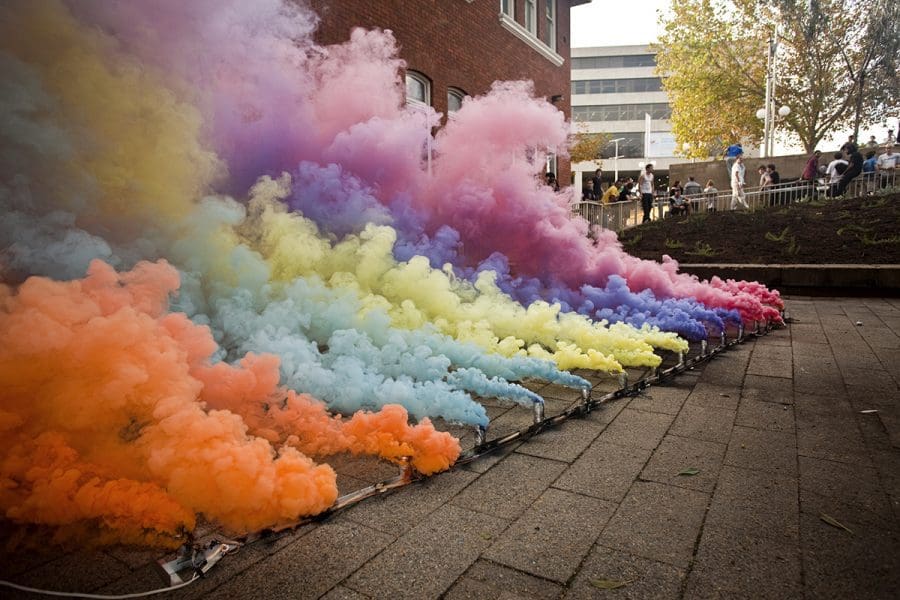
Rebecca Baumann, Improvised Smoke Device, 2010, smoke canisters, 825m3 coloured smoke, aluminium, black powder, quick match fuse, detonator, 5-minute performance. Image courtesy of the artist. Photograph: Bewley Shaylor.
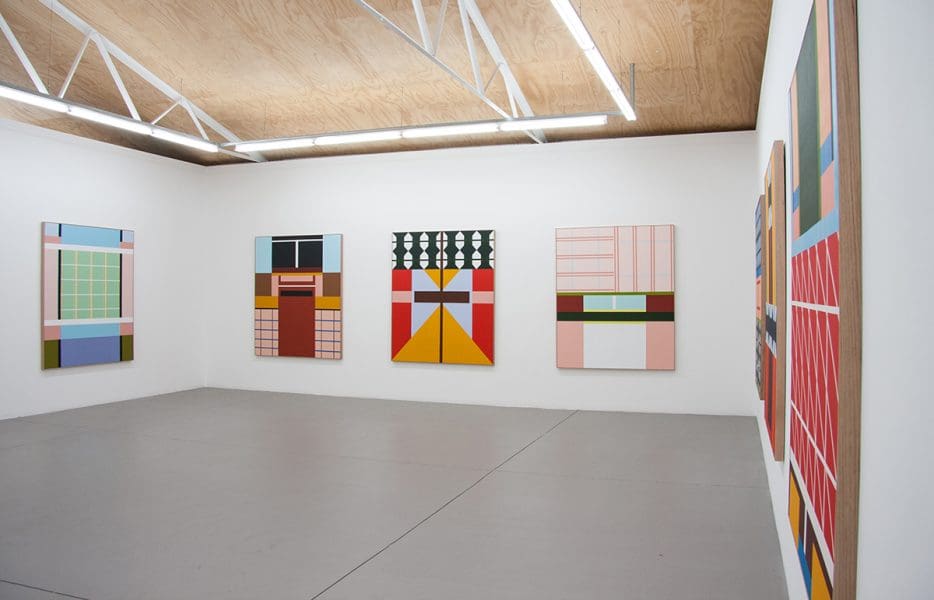
Esther Stewart, Timeshare, 2015, installation views, Station Gallery, Melbourne, Image courtesy of the artist and Sarah Cottier Gallery, Sydney. Photograph: Christo Crocker.
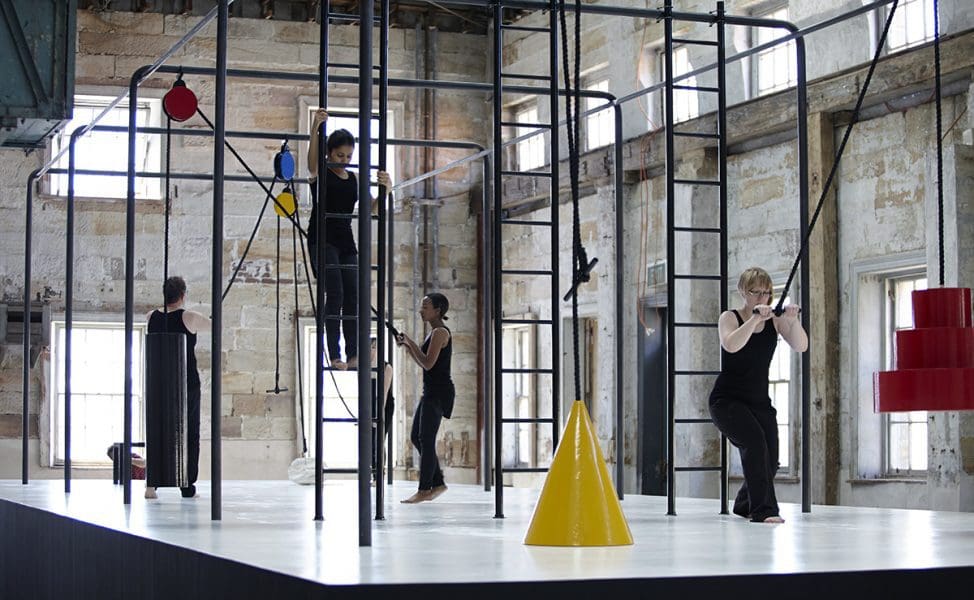
Mel O’Callaghan, Parade, 2014, performance stills, Cockatoo Island, Sydney Biennale. Image courtesty of the artist, Simeon Kronenberg at Kronenberg Wright Artist Projects, East Sydney.
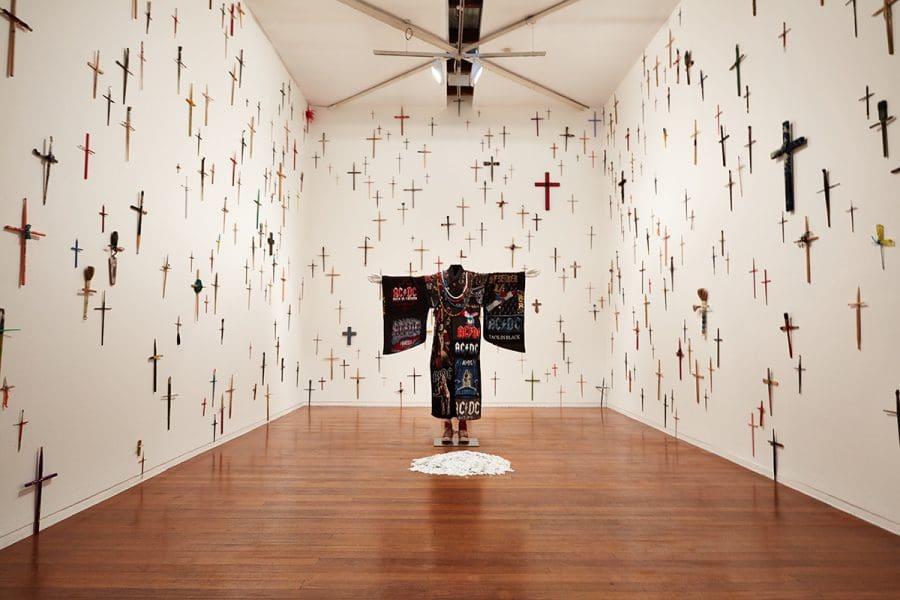
Nell, Let There Be Robe, 2015, installation view, Roslyn Oxley9 Gallery, Sydney. Image courtesy of the artist and Roslyn Oxley9 Gallery, Sydney.
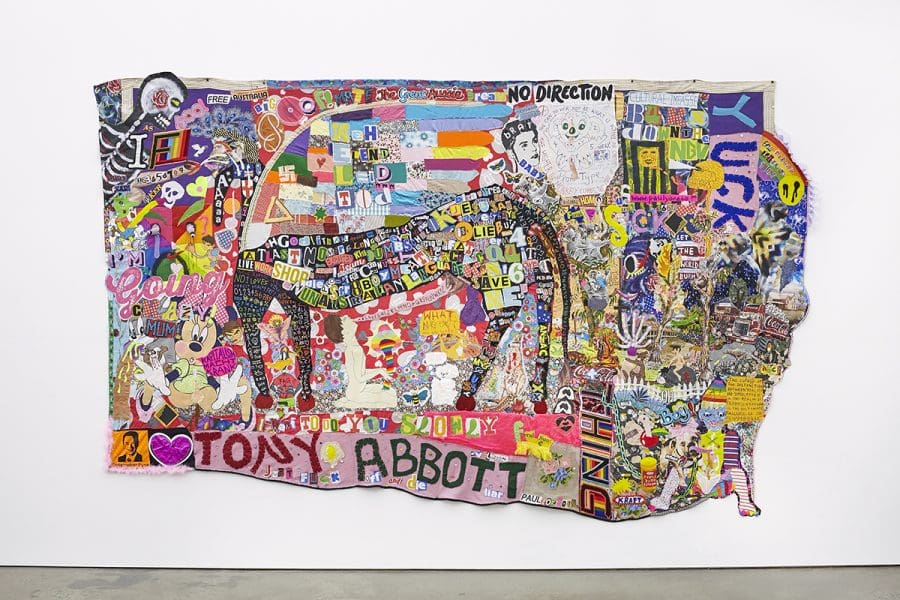
Paul Yore, What a Horrid Fucking Mess, 2015, installation view, Neon Parc, Melbourne. Collection: Private collection. Image courtesy of the artist and Neon Parc, Melbourne. Photograph: Darren Sylvester.
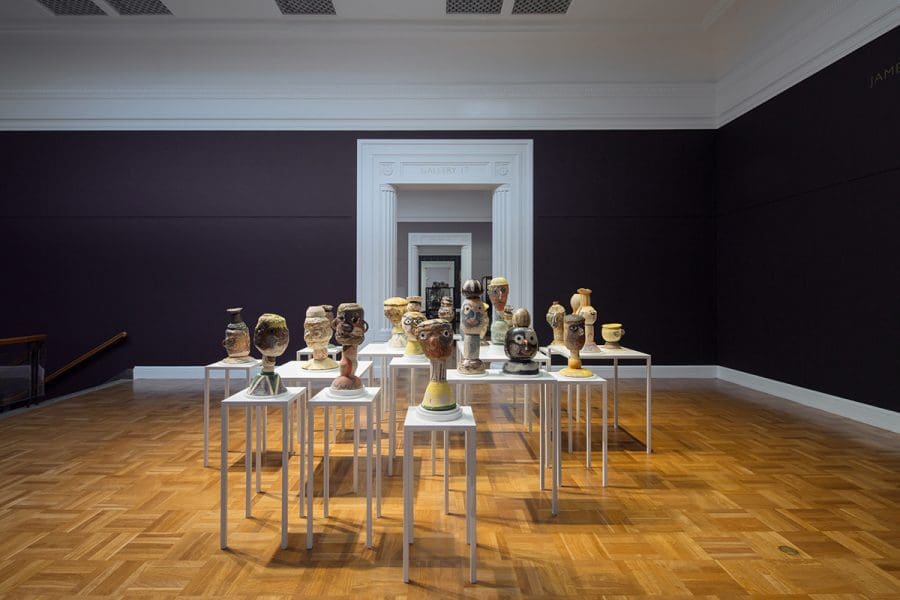
Brendan Huntly, You’re Welcome, 2014, installation view, Dark Heart: 2014, Adelaide Biennale, Art Gallery of South Australia. Image courtesy of the artist and Tolorno Galleries, Melbourne. Photograph: Art Gallery of South Australia.
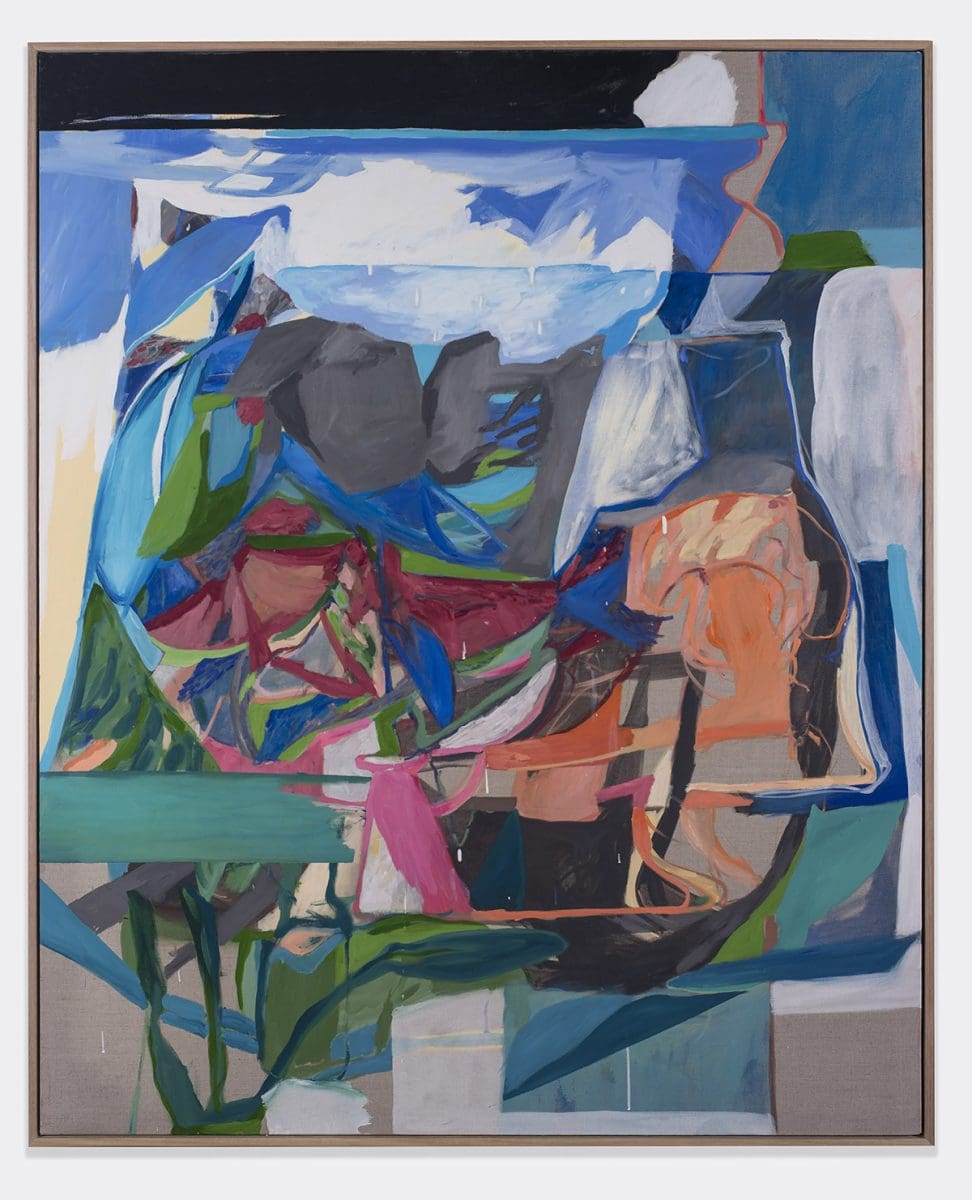
Amber Wallis, Tight/Eagles Nest Still Life, 2015, oil on linen, 150x120cm. Collection: private collection. Image courtesy of the artist and Edwina Corlette Gallery, Brisbane. Photograph: Carl Warner.
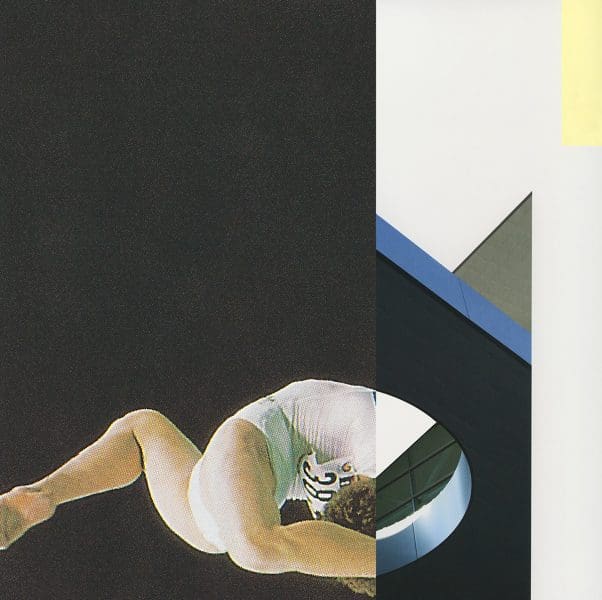
Zoe Croggon, Kink, 2015, C type print, 80 x 80 cm. Collection: private collection. Image courtesy of the artist and Daine Singer.
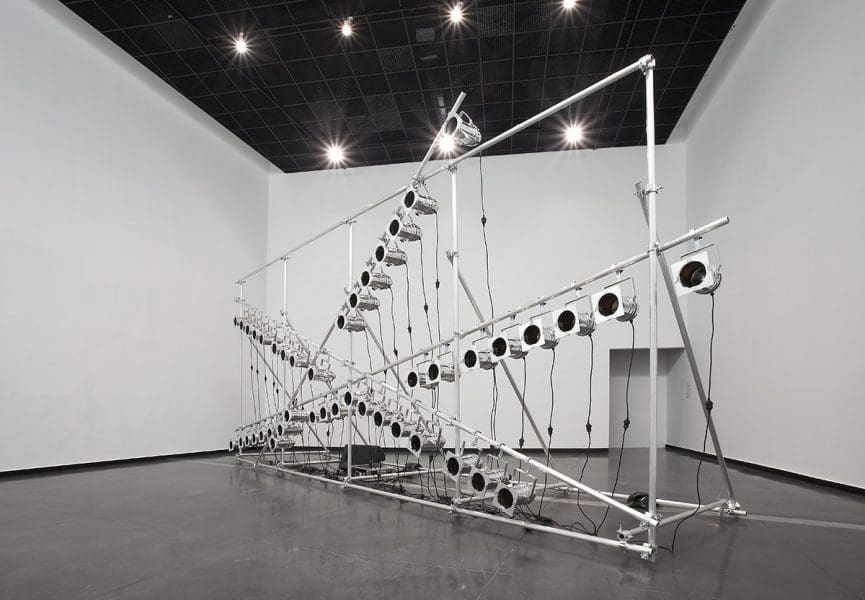
Marco Fusinato, Aetheric Plexus, 2009, 880 x 410 x 230 cm, installation view, Australian Centre for Contemporary Art, Melbourne. Image courtesy of the artist and Anna Schwartz Gallery. Photograph: Christian Capurro.
Since Melissa Loughnan’s Melbourne gallery Utopian Slumps closed in 2014, people have been waiting with baited breath to see what the Melbourne gallerist and art historian would do next. The wait is over with the release of her new book Australiana to Zeitgeist: An A-Z of Australian Contemporary Art.
Although Loughnan has curated various off-site projects since 2014, it is with this book that she reminds us of her position as a considered taste-maker within the Australian arts industry. Featuring 78 practitioners, including Adam John Cullen, Claire Lambe and Masato Takasaka, the publication covers artists at all stages of their careers. Amelia Winata spoke to Loughnan about the place of Australian art in the global market and its future.
Amelia Winata: Why was it important to write Australiana to Zeitgeist now?
Melissa Loughnan: Australiana to Zeitgeist has been in the making for many years, however until the end of 2014 I was consumed with operating Utopian Slumps, which I established in 2007. When I closed the gallery this gave me the time and distance that I needed to get the book finished.
I also feel that Australian art is long overdue for greater international appraisal. The book has had interest from some international museum book stores, and it is my hope that there might be some curators that will read it.
AW: Many people complain that Australian art will never be recognised overseas merely because of our location, while others say that this should not be the goal. Is gaining international recognition for Australian art important for you?
ML: Yes. Australian art has long been considered self-sustaining, perhaps even provincial. However it is my firm belief that it should form a greater part of global art dialogue. Until now, many Australian artists have not been taken seriously at an international level unless they have become ex-pats. We have some incredible, relevant artwork being made in Australia now that is deserving of recognition beyond our shores.
AW: Do you think there is a centre/periphery relationship in the global contemporary art scene as there was in the modern art scene? Do you think America and Europe continue to have a strong influence on Australian artists or has the narrative changed?
ML: I do believe that the American and European artworlds still have an influence on Australian artists. These centres still largely dominate our residencies and ex-pat culture. However more and more contemporary art is looking to the peripheries. Unfortunately, as Australia is not an exotic periphery, Latin America and parts of Asia have tended to dominate these narratives to date.
AW: Utopian Slumps achieved almost cult status during its time. What did you experience as a gallerist teach you about contemporary art taste-making?
ML: That’s a hard question, as I operated Utopian Slumps very organically and without an agenda. Mainly for me, my experience as a gallerist has allowed me to put greater trust in my intuition. It has also made me less fearful of being challenged, which is something that happens a lot in the art world.
AW: What do you mean by challenged? Challenged by taste-makers or big institutions?
ML: More conceptually, aesthetically or intellectually challenged by artists or artworks. There is also a lot of debate and contentiousness in the industry, among artists, curators, academics, etc. Its all healthy and important, but it can be challenging to enter as an emerging curator at first.
AW: Australiana to Zeitgeist covers the work of what you call “under-represented” artists. There appears to be a bit of ambivalence in your choice of words. On the one hand, there are plenty of emerging artists in Australia but, on the other hand, your use of the phrase under-represented suggests that these artists simply aren’t being given the recognition they deserve. Can you comment on that?
ML: I chose to use the word ‘under-represented’ since my book does not just focus on emerging, early career or commercially unrepresented artists. It also includes a handful of mid-career artists who I believe deserve greater recognition. For example, the established artists that I have chosen to write about, such as Jon Campbell and Marco Fusinato, are well known in the artworld, but they are not the household names that I think they should be.
AW: And who are some of the more early career or emerging artists included in the book?
ML: There are many, but two good examples are Tyza Stewart and Ishamel Marika. Tyza Stewart is a Brisbane-based, gender-neutral artist working in self-portraiture, and Ishmael Marika is an Indigenous film director and video artist from northeast Arnhem Land. Both of these artists are in their 20s.
AW: What do you think the future holds for contemporary Australian art?
ML: I believe that the future of contemporary art will be less centralised, and I hope that Australian art will form a greater part of broader artworld dialogues.
Read an extract from Australiana to Zeitgeist: an A-Z of Australian Contemporary Art here.
The book will be officially launched in Melbourne at Gertrude Contemporary on 31 May, 6-8pm.
Australiana to Zeitgeist is available for purchase in all good bookstores and online from australiana-to-zeitgeist.com